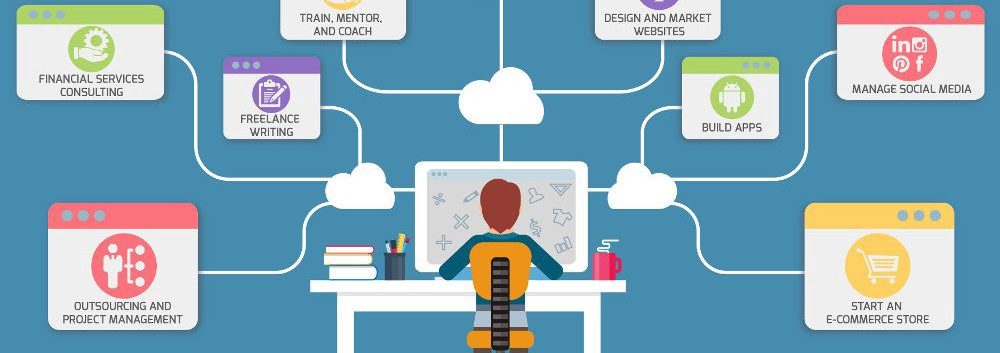In today’s digital age, leveraging machine learning capabilities has become increasingly essential for web applications to provide personalized and intelligent experiences to users. Integrating machine learning into your web application design can help you analyze data, make predictions, and automate tasks, ultimately enhancing user satisfaction and engagement. Here are some key steps on how to seamlessly integrate machine learning into your web application design:
1. Identify Use Cases for Machine Learning
The first step in integrating machine learning into your web application design is to identify the specific use cases where AI capabilities can add value. Whether it’s predicting user behavior, providing personalized recommendations, or automating repetitive tasks, understanding the problems you want to solve with machine learning is crucial. By defining clear goals and use cases, you can tailor your design and development process to incorporate machine learning effectively.
2. Collect and Prepare Data
Machine learning models rely on high-quality data to learn and make accurate predictions. As such, gathering and preparing relevant data is essential for integrating machine learning into your web application design. Ensure that your data is clean, structured, and representative of the problem you are trying to solve. Data preprocessing steps such as normalization, feature engineering, and handling missing values can improve the performance of your machine learning models.
3. Choose the Right Machine Learning Algorithm
Selecting the appropriate machine learning algorithm plays a pivotal role in the success of integrating machine learning into your web application design. Depending on the nature of your data and the problem at hand, you may opt for algorithms such as linear regression, decision trees, support vector machines, or deep learning models. Understanding the strengths and limitations of different algorithms will enable you to choose the most suitable one for your web application design.
4. Train and Evaluate Your Machine Learning Model
Once you have selected an algorithm, it’s time to train your machine learning model using the prepared data. During the training process, the model learns the underlying patterns in the data to make accurate predictions. After training, evaluate the model’s performance using metrics such as accuracy, precision, recall, and F1 score to assess its effectiveness. Iteratively refining and optimizing your machine learning model is essential to ensure that it meets the desired performance criteria.
5. Integrate Machine Learning into Your Web Application
After training and evaluating your machine learning model, the final step is to integrate it into your web application design. Depending on your technical stack, you can deploy your model using libraries such as TensorFlow.js, scikit-learn, or PyTorch. Implementing APIs to communicate between your web application and the machine learning model allows real-time predictions and data processing. Ensure that the user interface seamlessly interacts with the machine learning component to deliver a cohesive user experience.
6. Monitor and Improve Performance
Continuous monitoring and optimization of your machine learning model are essential for maintaining its performance and accuracy over time. Keep track of key metrics, monitor user feedback, and retrain the model periodically with updated data to adapt to changing patterns and trends. By consistently evaluating and improving your machine learning model, you can ensure that it continues to enhance your web application design effectively.
Integrating machine learning into your web application design offers immense possibilities for creating intelligent and adaptive user experiences. By following the steps outlined above and leveraging the power of machine learning technologies, you can enhance the functionality of your web application and provide users with personalized, data-driven solutions. Embrace the potential of machine learning and stay ahead in delivering innovative web applications that cater to the evolving needs of users in today’s digital landscape.




